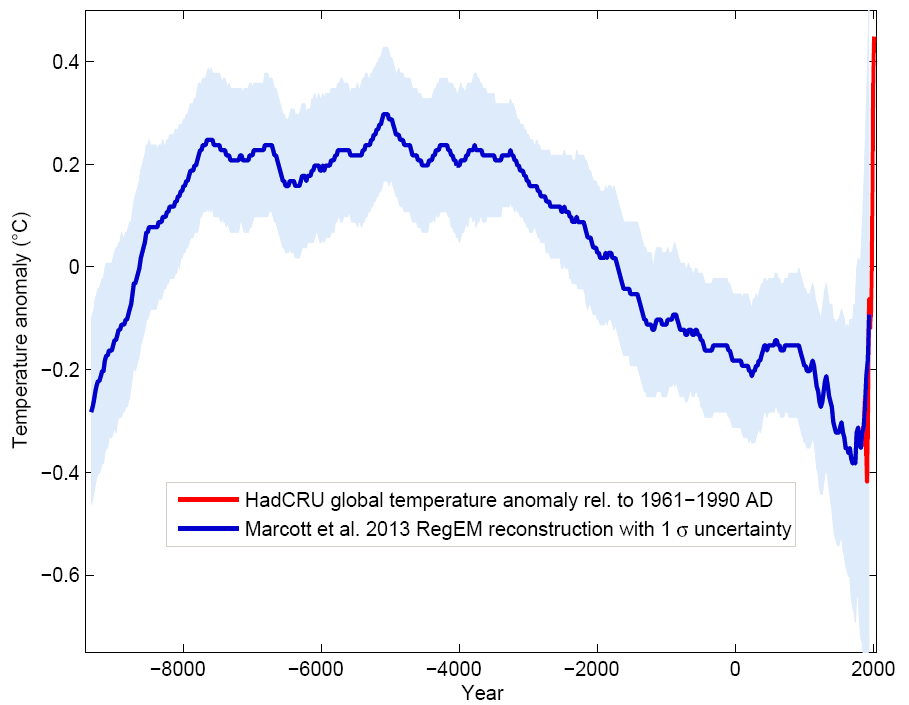<strong>Stephen Segrest:</strong> <em>"And you, apparently along with Bjørn Lomborg, do not understand integrated resource planning and operations using engineering economics."</em>
Under a recent law passed by the California state legislature, the Golden State must achieve 50% renewable electric generation by 2030. One of the provisions of this new law stipulates that the California Independent System Operator (ISO) is now charted to promote a renewable-friendly grid architecture for California and for the western region of the United States.
Now that the agency has this added responsibility, would it not be appropriate for the California ISO to commission a study whose objective is to determine the present-value hard dollar implementation cost for designing, permitting, and constructing a 50% renewables grid architecture for the state of California? This study would include the possibility of attaining cooperative participation from other western states; and would include a fairly detailed project schedule, one which is nominally capable of achieving the legislated goal of 50% renewables by the year 2030.
This kind of cost study would employ a <em>"basis of estimate"</em> engineering feasibility design for the 50% renewables grid architecture, a design which includes: (1) numbers, types, and locations for the additional windmills and solar panels which are needed; (2) numbers, types, and locations for the additional power transmission & distribution facilities which are needed; (3) numbers, types, and locations for the energy storage facilities which are needed; (4) any other technologies which are needed to operate a grid which meets the California ISO's current requirements for grid stability and reliability; (5) environmental restoration costs for decommissioning and removing California's non-renewable energy production and distribution facilities; and last but not least, (6) the administrative costs of gaining buy-in and approval from all the participating local, state, and regional stakeholders -- i.e., all the affected local governments, all the affected state governments, the affected agencies of the Federal Government, plus all affected non-government and quasi-government stakeholders such as the Indian Tribes, regional commissions of various types, and a variety of environmental activist groups.
Stephen, how much do you suppose it would cost, and how long do you suppose it would take, for the California ISO to perform this kind of very detailed hard-dollar engineering feasibility study? One-hundred million dollars and three years, possibly?









